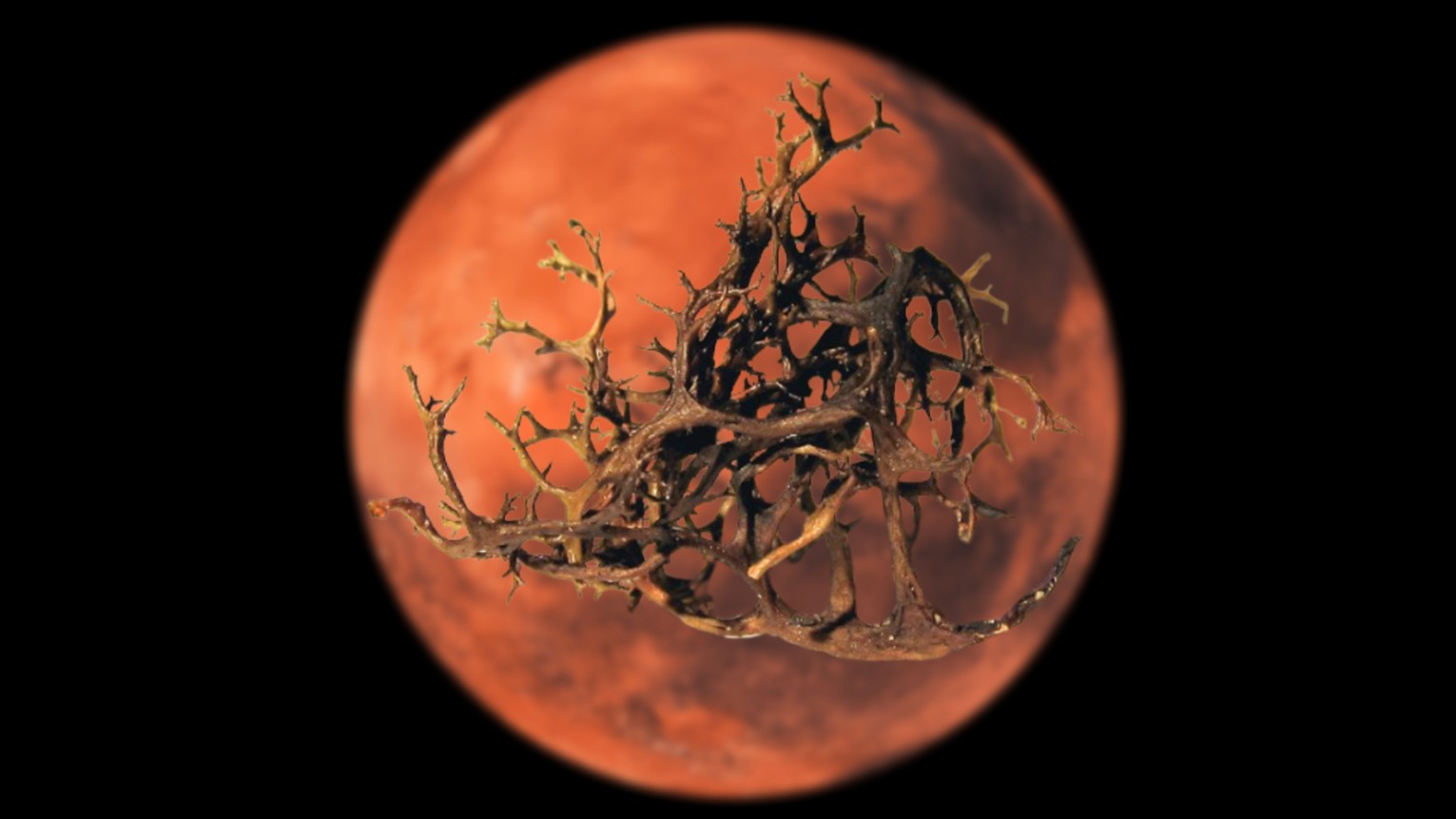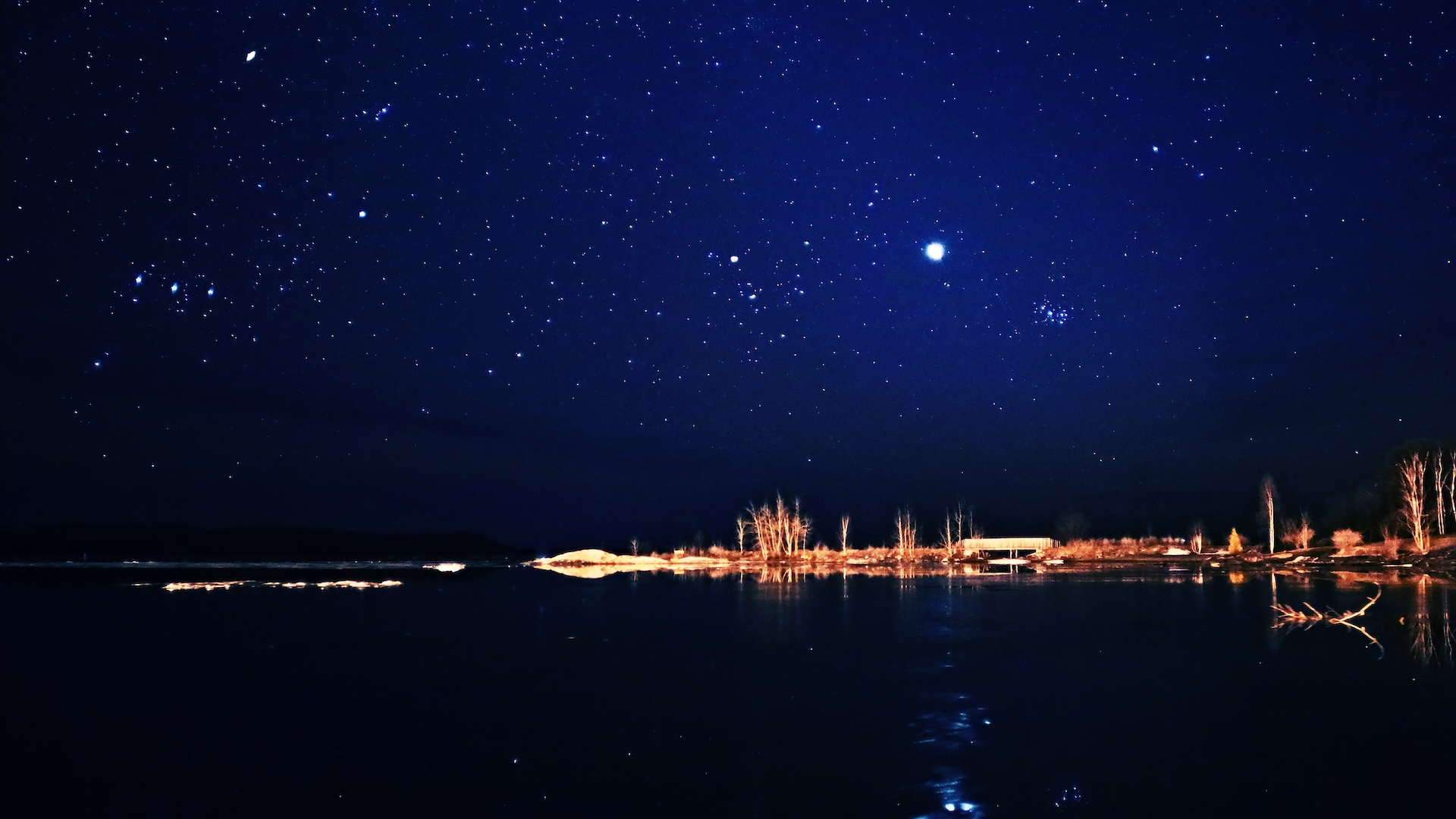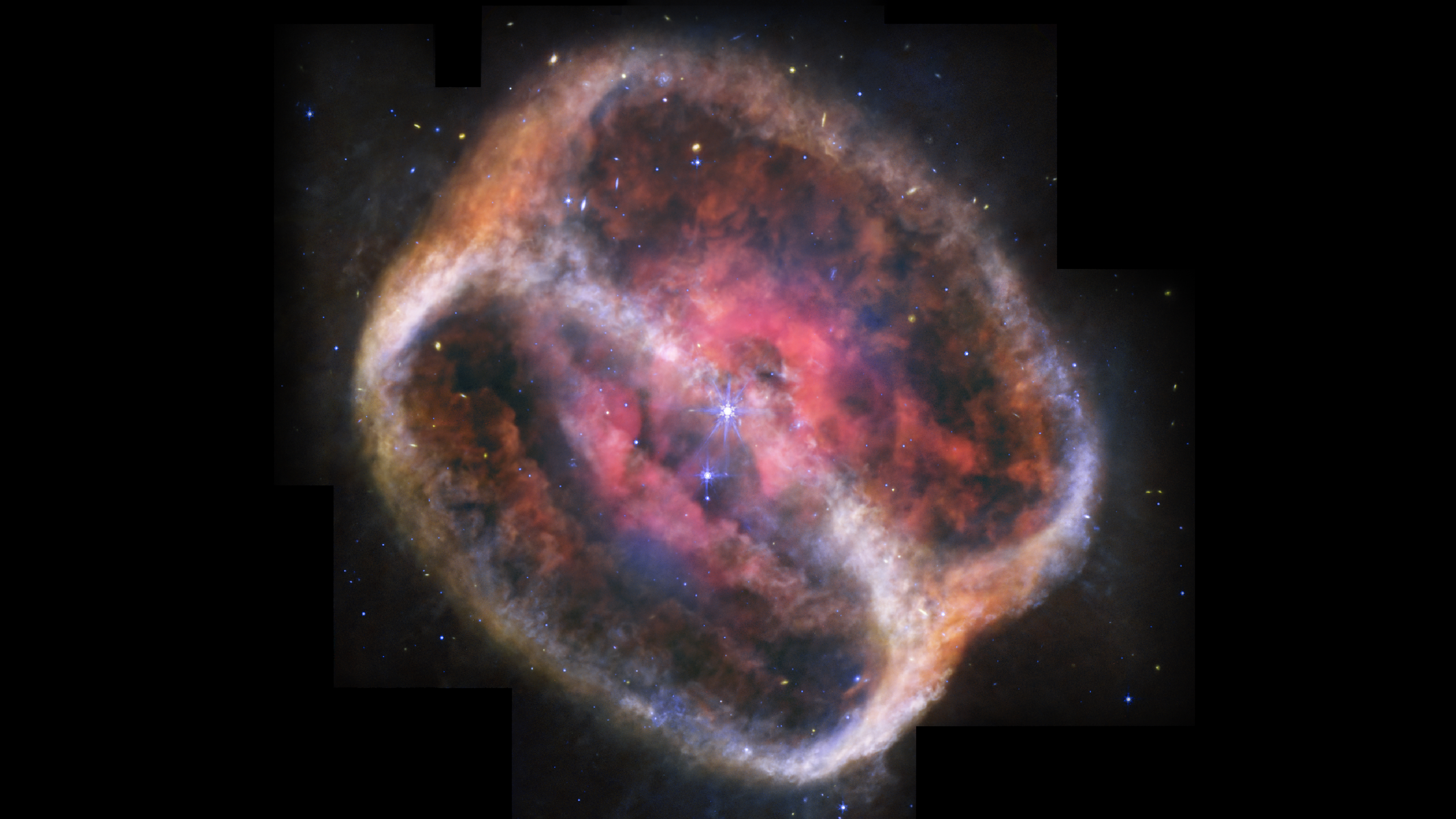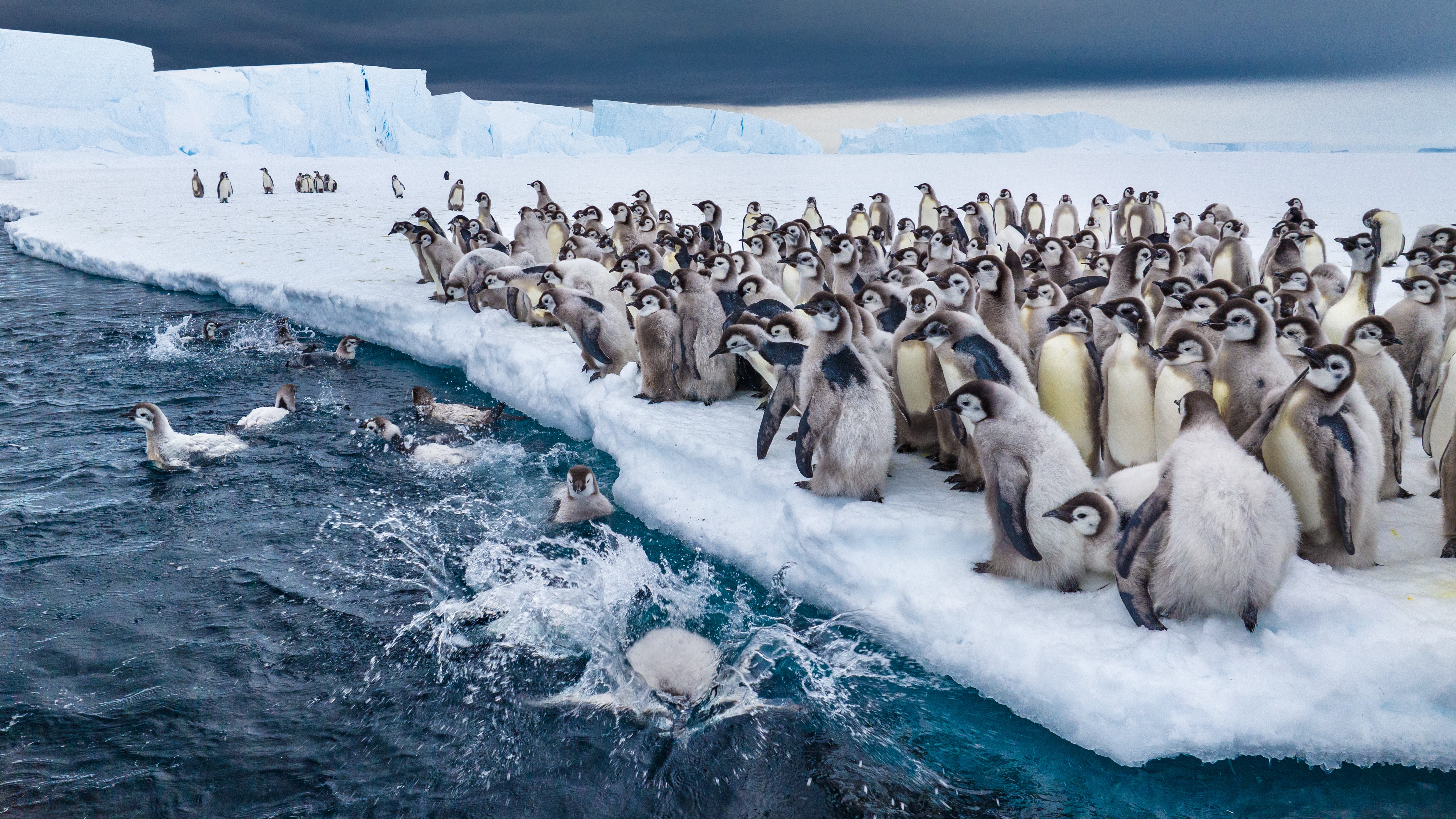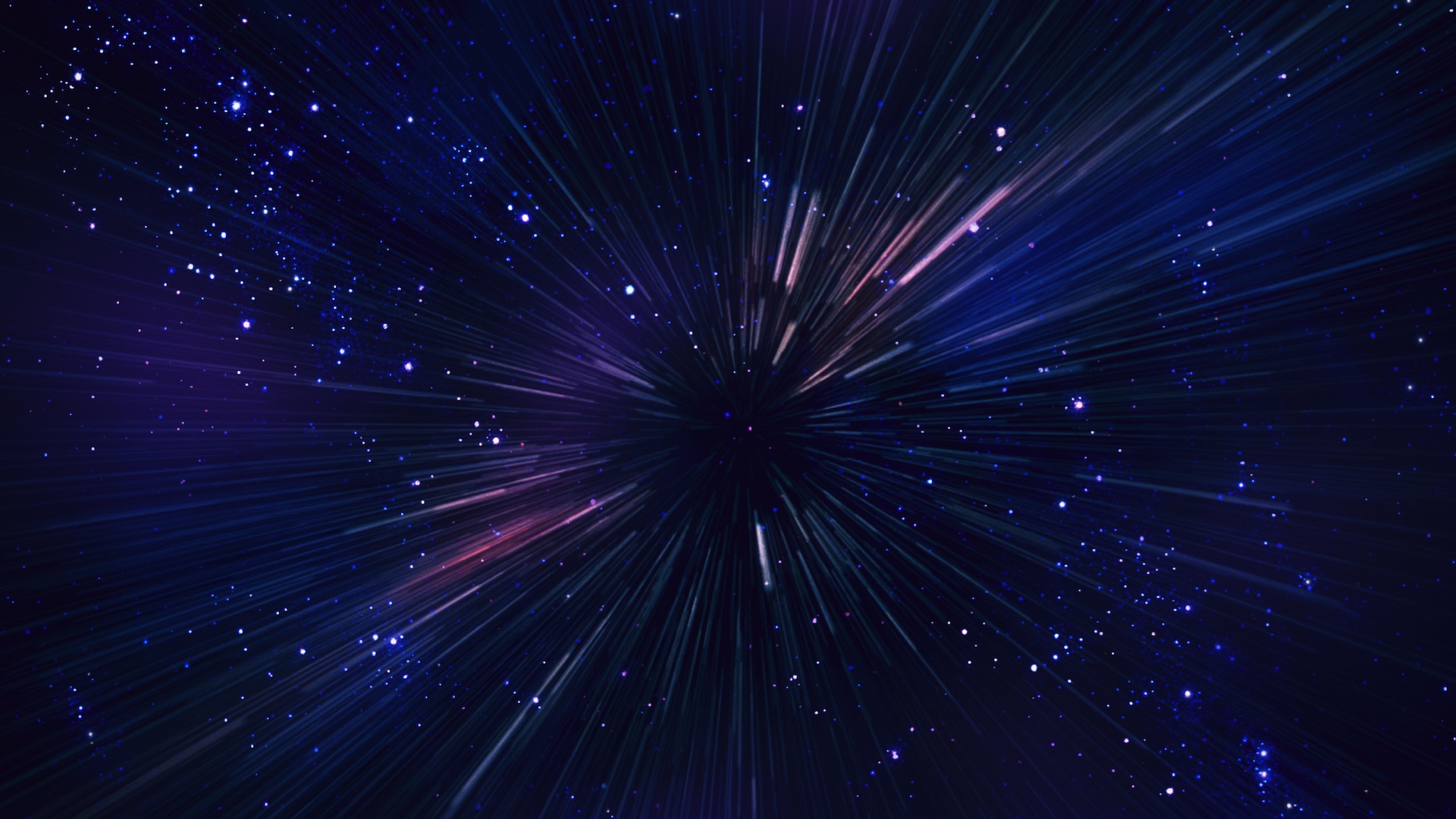These nearby star systems could be good targets in the search for alien life
NASA's Chandra X-ray space telescope has created a 3-D map of nearby stars that may help astronomers search for alien planets with the potential for life.
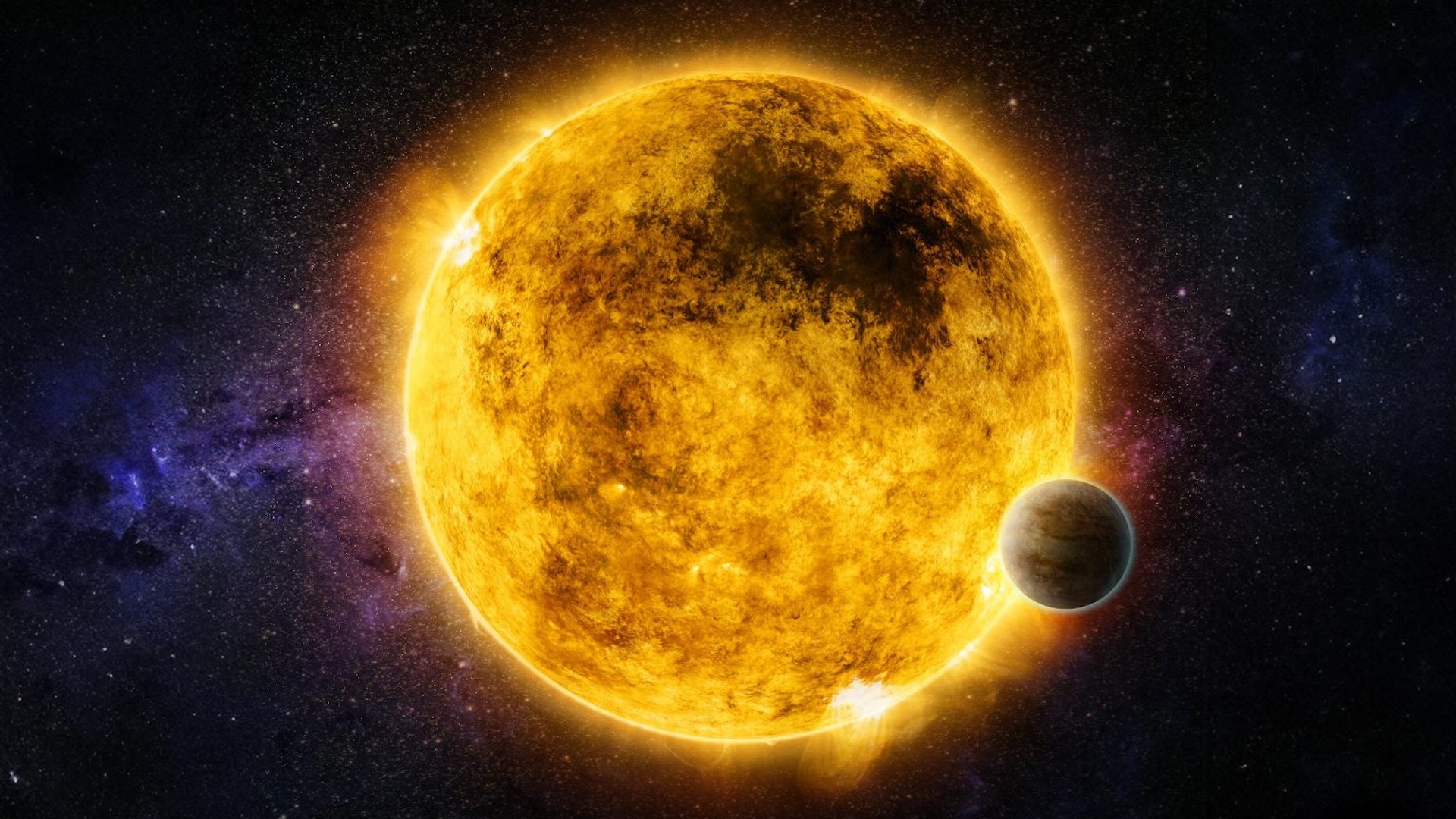
NASA's Chandra X-ray space telescope has created a three-dimensional map of stars close to the sun that may help astronomers search for alien planets that could host life.
The map created by Chandra — which just celebrated 25 years in orbit but is facing a troubling budget crunch — could inform scientists which exoplanets to direct future telescopes toward to conduct searches for habitable conditions.
The stars mapped by the telescope are arranged in concentric rings around the sun, at distances between 16.3 light-years and 49 light-years. This is close enough that telescopes could collect wavelengths of light or "spectra" from planets in the habitable zones of these stars. The habitable zone or "Goldilocks zone" is a region around a star that is neither too hot nor too cold to allow liquid water to exist on a world's surface.
The spectra from these planets created as starlight shines through their air could potentially reveal surface features like continents and oceans, and atmospheric characteristics like clouds and chemical contents.
Chandra's X-ray capability is key to selecting which planets to investigate for possible habitability. High-energy light like X-rays and ultraviolet radiation can strip a planet's atmosphere and also break down the complex molecules needed as the building blocks of living things, ruining its habitability.
Thus, if Chandra sees a planet under heavy X-ray bombardment, scientists can infer it isn't the best world to study in the search for alien life.
RELATED: 32 strange places scientists are looking for aliens
Sign up for the Live Science daily newsletter now
Get the world’s most fascinating discoveries delivered straight to your inbox.
"Without characterizing X-rays from its host star, we would be missing a key element on whether a planet is truly habitable or not," Breanna Binder of California State Polytechnic University, the leader of the team behind the new map, said in a statement. "We need to look at what kind of X-ray doses these planets are receiving."

X-rays are bad news for life, even in Goldilocks zones
Binder and colleagues built their map by initially starting with a list of 57 stars close enough to our solar system that future telescopes in space, like the Habitable Worlds Observatory, and on terra firma, like the Extremely Large Telescope (ELT), could image planets orbiting in their Goldilocks zones.
Just being in the habitable zone isn't a guarantee that a planet is hospitable, however. Venus and Mars are both in the habitable zone of the sun, on either side of Earth, but the Martian surface seems to be unsuitable for life as we know it, and superheated Venus is outright hostile to it.
So, to narrow down their list, the team used data from 10 days of Chandra observations and 26 observing days of the European Space Agency's (ESA) XMM-Newton space telescope to see how bright the stars are in X-rays. Then, they determined how energetic these X-rays are and how rapidly the stars' X-ray emission changes.
The scientists reasoned that, the brighter and more energetic the X-rays were, the more likely any orbiting exoplanets had sustained serious damage to their atmospheres or lost them entirely.
"We have identified stars where the habitable zone’s X-ray radiation environment is similar to or even milder than the one in which Earth evolved," team member Sarah Peacock, from the University of Maryland, explained. "Such conditions may play a key role in sustaining a rich atmosphere like the one found on Earth."
Some of the stars examined by the team are already known to be orbited by exoplanets with masses and sizes similar to the solar system giants Jupiter, Saturn, Neptune, and Uranus, with a handful of candidates under around half the mass of Earth.
There could also be planets in these systems with masses and sizes more compatible with Earth's that are currently undiscovered.

Earth-sized planets in these systems may have been missed by the most reliable method of exoplanet detection, the transit method. This technique depends on a planet crossing or "transiting" the face of its star, causing a tiny dip in the output of starlight in the process.
This depends on a planet coming between its star and Earth, meaning some systems just aren't oriented correctly to see worlds with the transit method. The technique is better at spotting massive planets close to their star, so smaller worlds that orbit relatively far away could be missed.
The other primary exoplanet detection technique, the radial velocity method, hinges on spotting the "wobble" a planet causes as it orbits its star and gravitationally tugs on it. Again, this method favors massive planets close to their stars, which generate a more significant wobble.
"We don’t know how many planets similar to Earth will be discovered in images with the next generation of telescopes, but we do know that observing time on them will be precious and extremely difficult to obtain," team member and University of California, Riverside researcher Edward Schwieterman concluded. "These X-ray data are helping to refine and prioritize the list of targets and may allow the first image of a planet similar to Earth to be obtained more quickly."
The team's research was presented at the 244th meeting of the American Astronomical Society meeting in Madison, Wisconsin.
Join our Space Forums to keep talking space on the latest missions, night sky and more! And if you have a news tip, correction or comment, let us know at: community@space.com.
Originally posted on Space.com.
Robert Lea is a science journalist in the U.K. who specializes in science, space, physics, astronomy, astrophysics, cosmology, quantum mechanics and technology. Rob's articles have been published in Physics World, New Scientist, Astronomy Magazine, All About Space and ZME Science. He also writes about science communication for Elsevier and the European Journal of Physics. Rob holds a bachelor of science degree in physics and astronomy from the U.K.’s Open University


